
This guide is designed to show you how to improve ChatGPT responses when you are writing and creating content. Are you familiar with the challenge of making ChatGPT’s responses mirror your distinct writing style or tone, especially in professional scenarios? You’re certainly in good company if you’ve faced this issue. A frequent obstacle experienced by numerous users is the inherent nature of ChatGPT’s default tone. Often, this automated tone may come across as excessively promotional, bearing more similarity to a persistent salesperson than a sophisticated, nuanced communicator. This issue becomes especially pronounced in professional environments, where the stakes for communication are high. Whether you’re drafting important email correspondences, crafting compelling sales copy, or developing scripts for presentations or media, the disconnect between your intended tone and ChatGPT’s default responses can be stark and disconcerting.
In the realm of professional communication, where precision, tone, and style are paramount, such a mismatch can lead to undesirable outcomes. Emails might lose their personal touch, sales copy may lack the subtlety needed to engage potential customers effectively, and scripts might not capture the intended essence or emotion. Recognizing and addressing this mismatch is crucial, as it can significantly impact the effectiveness and reception of your communication.
However, it’s not all about challenges; there’s a silver lining. With an understanding of how ChatGPT functions and some strategic adjustments, you can tailor ChatGPT’s output to align more closely with your personal communication style and the specific needs of your professional context. These modifications are not just about tweaking a few settings; they involve a deeper understanding of the AI’s language model and how it can be guided to replicate specific tones and styles. By doing so, you can transform ChatGPT from a generic response generator into a valuable tool that enhances and complements your unique way of expressing ideas.
Understanding the Default Tone Issue
In order to effectively customize ChatGPT, it’s essential to first comprehend why and how the default tone might not always be suitable. ChatGPT is designed to provide responses that are generally neutral and broadly applicable, aiming to suit a wide range of users and contexts. However, this one-size-fits-all approach can sometimes result in outputs that feel impersonal or misaligned with the specific nuances of your desired communication style. By recognizing this fundamental aspect of ChatGPT’s design, you can begin to explore ways to fine-tune its responses, ensuring they not only convey the intended information but also reflect the unique voice and tone that define your personal or brand identity.
Leveraging Custom Instructions
One of the most powerful features of ChatGPT is the ability to set custom instructions. These can be configured at the account level, tailoring the AI’s tone, style, and content direction. This flexibility ensures that the output is more closely aligned with your personal or professional voice.
Step-by-Step Guide to Personalization
Customizing ChatGPT starts with a clear understanding of your desired tone and style. Analyze a sample of your writing to pinpoint the characteristics you want to replicate – be it the tone, style, reading level, or delivery. The process involves a simple yet effective step-by-step method, guiding the AI to produce content that mirrors your unique voice.
Practical Applications and Demonstrations
The utility of custom instructions is best understood through practical application. Whether you’re drafting an email, writing a script, or creating promotional content, these customizations can significantly improve the relevance and quality of the output. The process includes real-time adjustments to ensure that the final product resonates with your intended audience.
Advantages of Customizing ChatGPT
Customizing ChatGPT offers a plethora of benefits. Primarily, it saves time by reducing the need for extensive edits. It ensures that the generated content is more closely aligned with your personal or brand voice, enhancing authenticity and effectiveness.
6. Accessibility Across Versions
Whether you’re using the latest GPT-4 or the free version of ChatGPT, these customization techniques are accessible and effective. The presenter assures that regardless of the version, you can achieve similar results in tailoring the AI to your specific needs.
Summary
If you are wondering how to start, the process is quite straightforward. First, identify your desired tone and style by analyzing your own writing samples. This could include examining the language, sentence structure, and overall delivery. Next, set these preferences as custom instructions in ChatGPT, guiding the AI to align with these characteristics. As you use ChatGPT, make small adjustments to refine the output further. This iterative process helps in fine-tuning the AI’s responses to closely match your unique style.
Remember, the goal is not to lose your personal touch but to enhance it through AI-assisted writing. By spending a little time setting up and customizing ChatGPT, you can significantly improve the efficiency and quality of your written communications, whether it’s for professional emails, creative scriptwriting, or compelling sales copy.
You will be pleased to know that these adjustments are not just a one-time setup. The AI learns and adapts over time, meaning the more you use it with your custom settings, the better it gets at mimicking your style and tone.
Here are some useful ChatGPT articles:
Source Skill Leap AI
Filed Under: Guides
Latest timeswonderful Deals
Disclosure: Some of our articles include affiliate links. If you buy something through one of these links, timeswonderful may earn an affiliate commission. Learn about our Disclosure Policy.





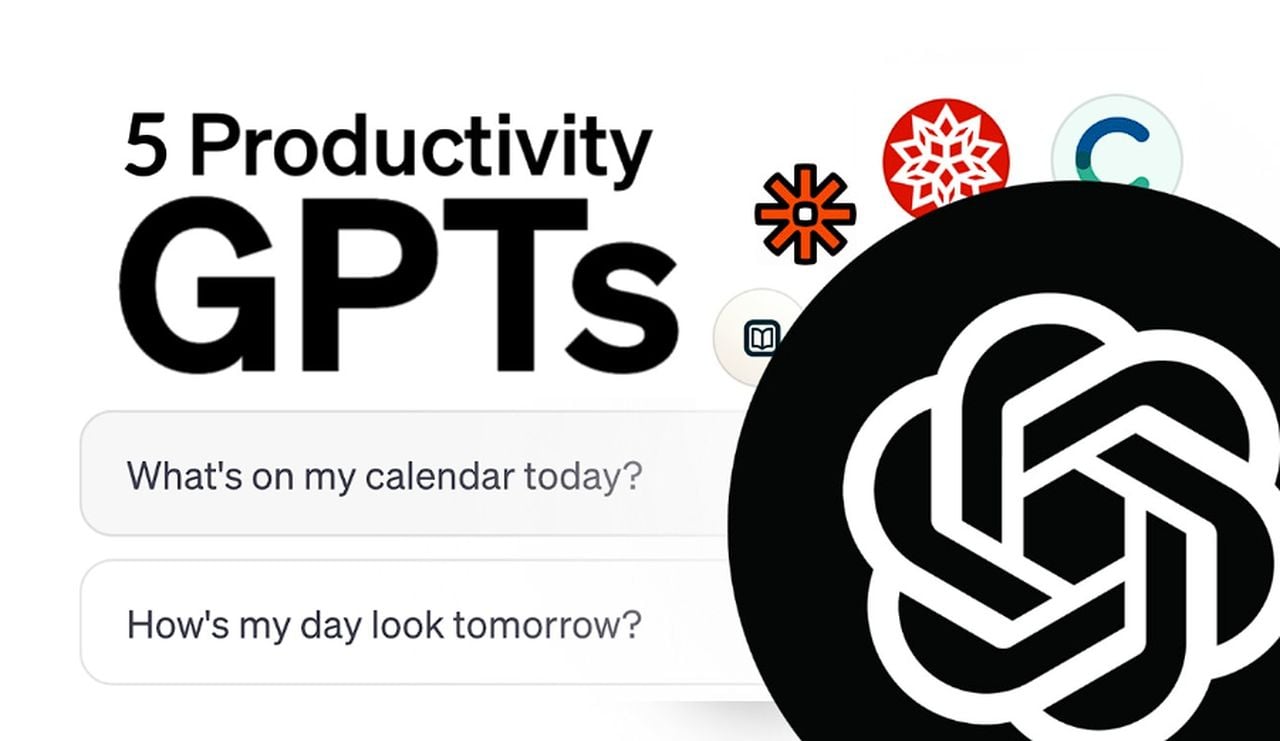
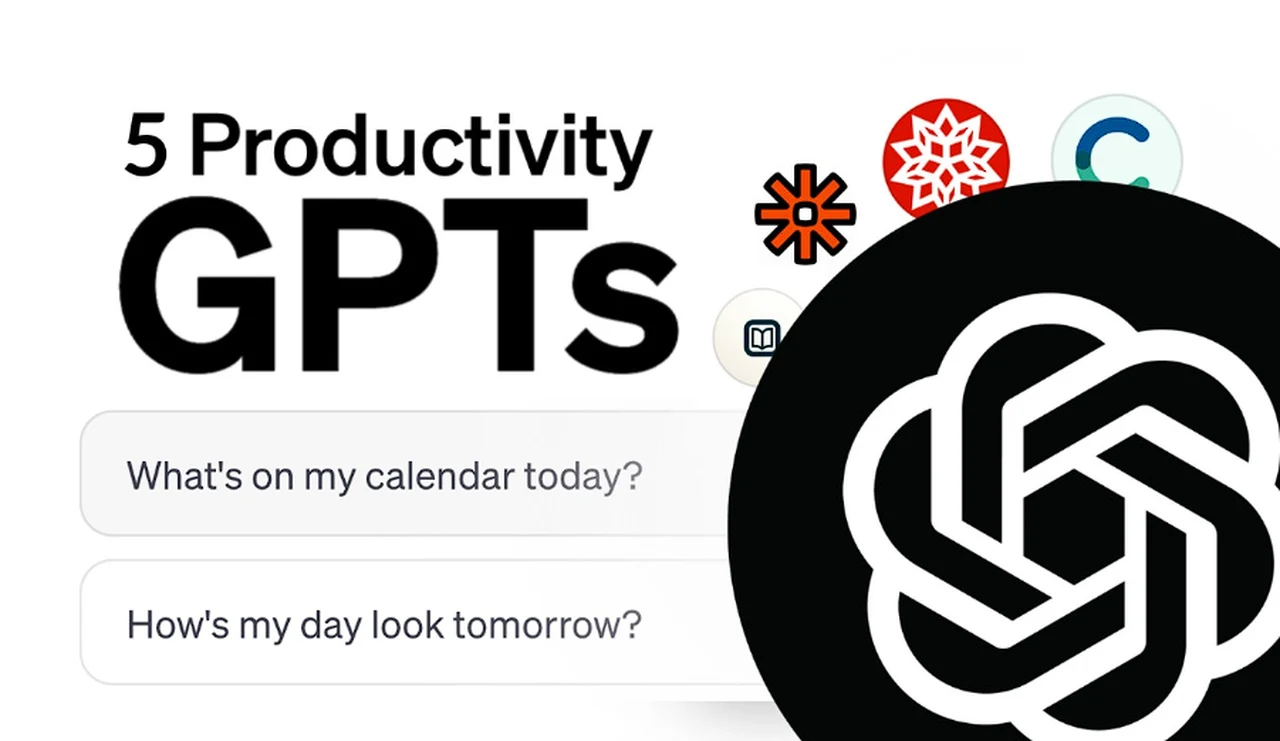

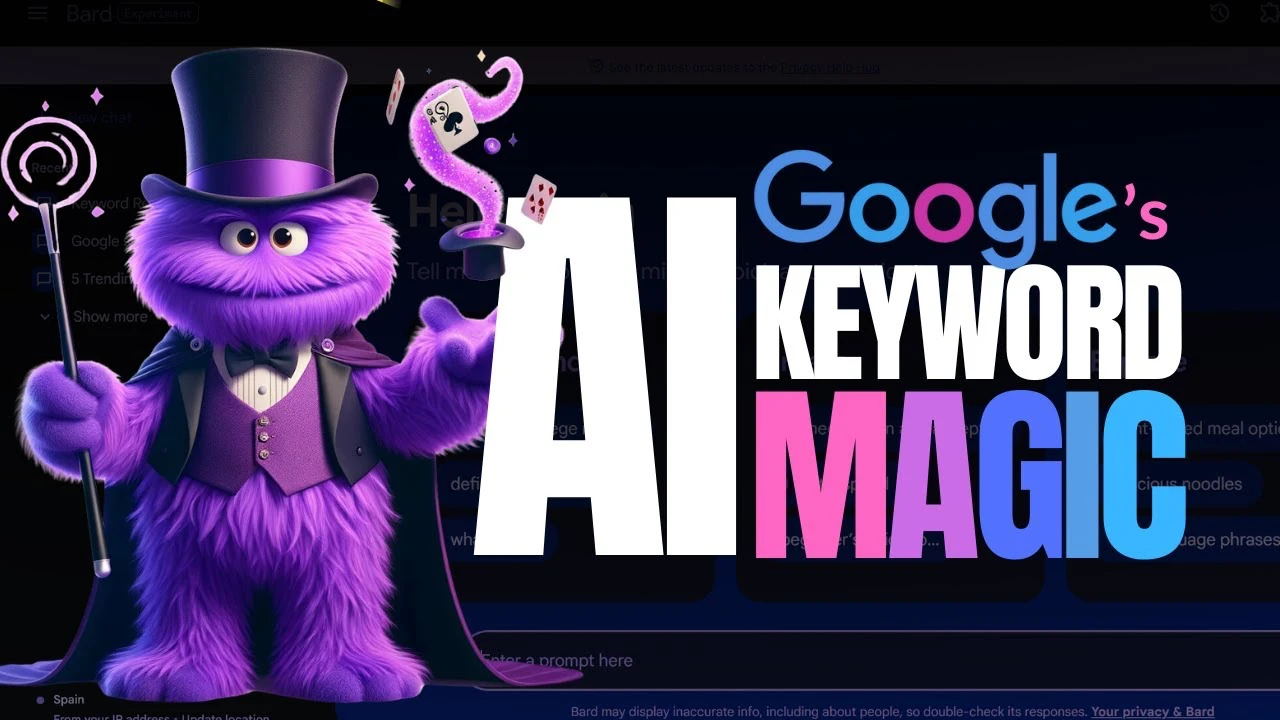
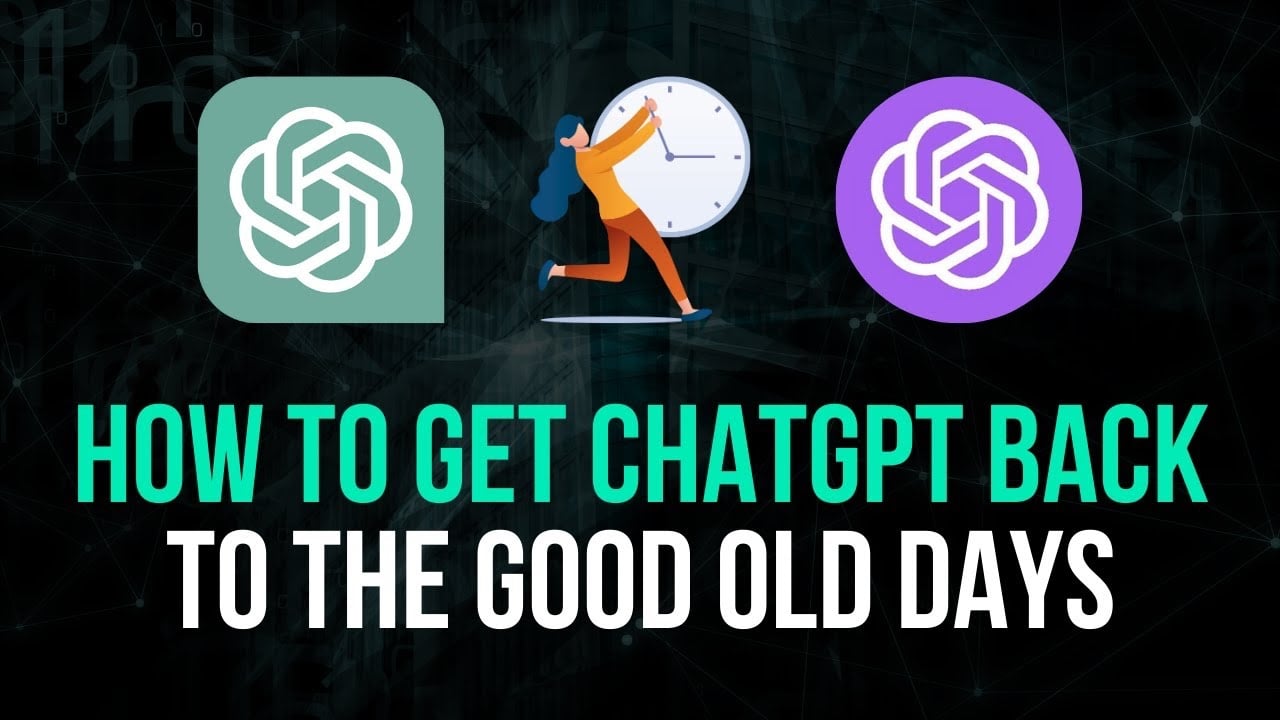
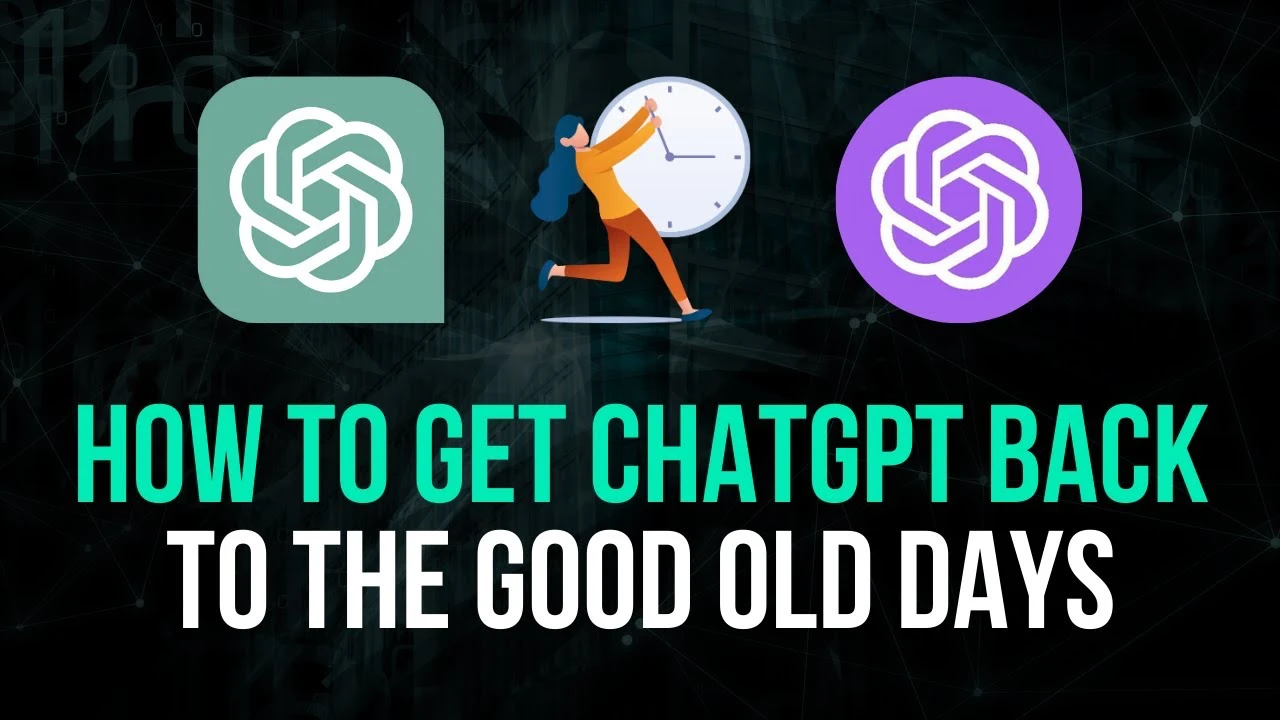
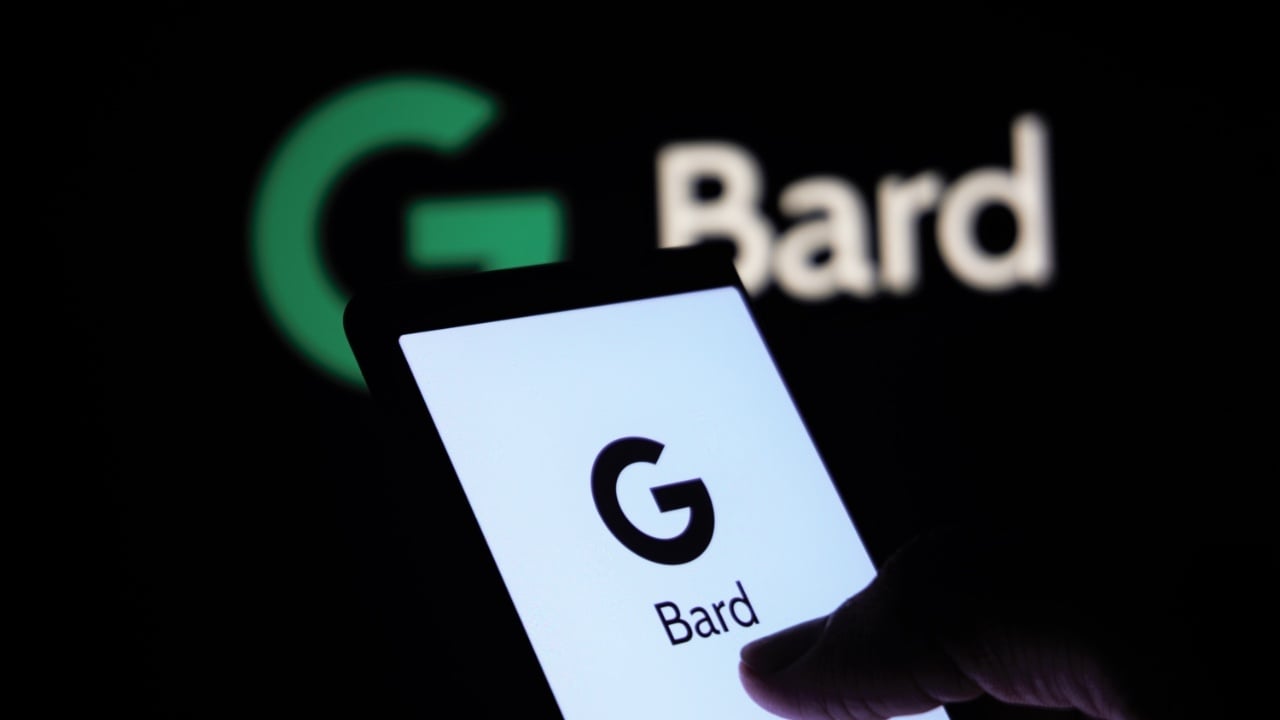
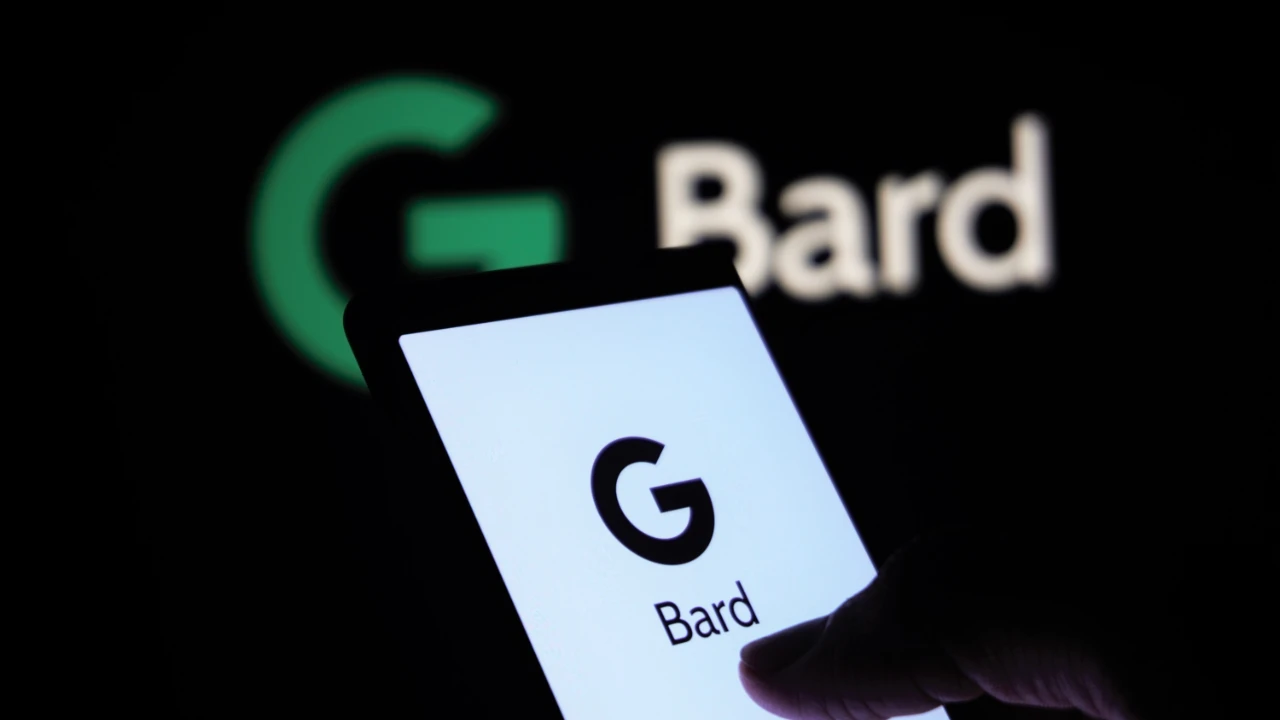



 The landscape of artificial intelligence (AI) in text generation has seen remarkable advancements as we’ve stepped into 2024. Content creators now have access to an array of free tools that promise to elevate their productivity and creativity. These tools are not just for tech-savvy users; they’re designed to be user-friendly, making them accessible to a wider audience. In this article, we’ll explore the top seven free AI text generation tools available this year, each with its unique capabilities to meet various writing demands. We’ll also take a look at an additional tool specifically designed for copywriting tasks.
The landscape of artificial intelligence (AI) in text generation has seen remarkable advancements as we’ve stepped into 2024. Content creators now have access to an array of free tools that promise to elevate their productivity and creativity. These tools are not just for tech-savvy users; they’re designed to be user-friendly, making them accessible to a wider audience. In this article, we’ll explore the top seven free AI text generation tools available this year, each with its unique capabilities to meet various writing demands. We’ll also take a look at an additional tool specifically designed for copywriting tasks.


